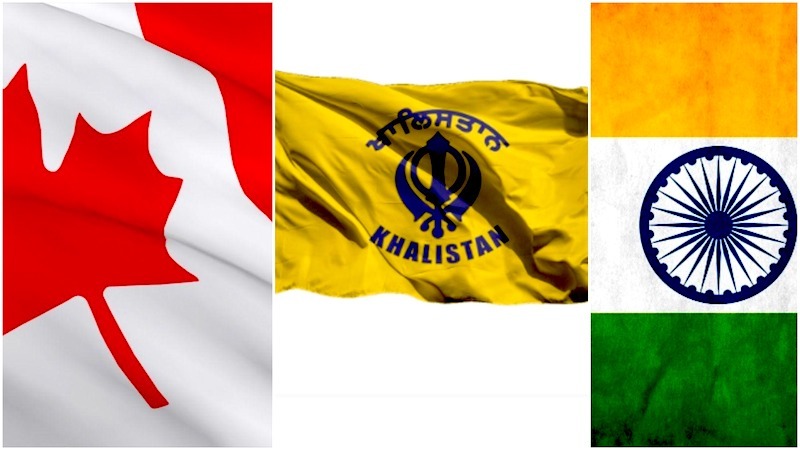Pratik Das, Pune
The Canadian intelligence has not been able to identify any Indian individuals who may have had connections, whether direct or indirect, to the killing of Hardeep Singh Nijjar. This includes individuals who may have travelled to or from Canada, both before and after the killing of the wanted Khalistani terrorist in June.
According to sources, investigators from Surrey’s local police, the Royal Canadian Mounted Police, and the Canadian Security Intelligence Service made extensive efforts to determine whether agents of Indian origin had travelled to or from the country around June 18. However, these efforts did not yield any results, as per the sources.
Given the Canadian police’s inability to make a breakthrough in their investigation, there is growing suspicion that the perpetrators may have left the country following the murder.
In the case of Nijjar’s killing, Canadian police had focused their attention on two suspicious vehicles: a burned car and a silver 2008 Toyota Camry, believed to be the getaway vehicle used by the assailants after the murder. Sources have confirmed that this scenario bore similarities to several recent gang-related killings in the area.
According to a report by The Washington Post, the individuals responsible for Nijjar’s murder brandished a firearm at one of his associates who attempted to pursue them but did not discharge the weapon. This act of restraint is indicative of individuals who harbor a strong determination to settle a personal grudge but exhibit strategic caution by avoiding harm to bystanders, as noted by a senior intelligence official.
Furthermore, Nijjar’s family has made several statements to the media, implying that he had frequent interactions with Canadian Security Intelligence Service (CSIS), although it remains uncertain whether he was acting as an informant for the agency.
CSIS has adhered to its policy of refraining from commenting on operational matters regarding Nijjar. Nevertheless, certain experts have raised the possibility that Nijjar’s connections to the Khalistani movement and his alleged involvement in a 2016 plot to carry out attacks in India could have made him a valuable source of information for the agency.
While CSIS maintains its silence on operational matters related to Nijjar, the potential insights he could provide into the Khalistani movement and the 2016 plot remain a subject of speculation and interest among experts and analysts.
